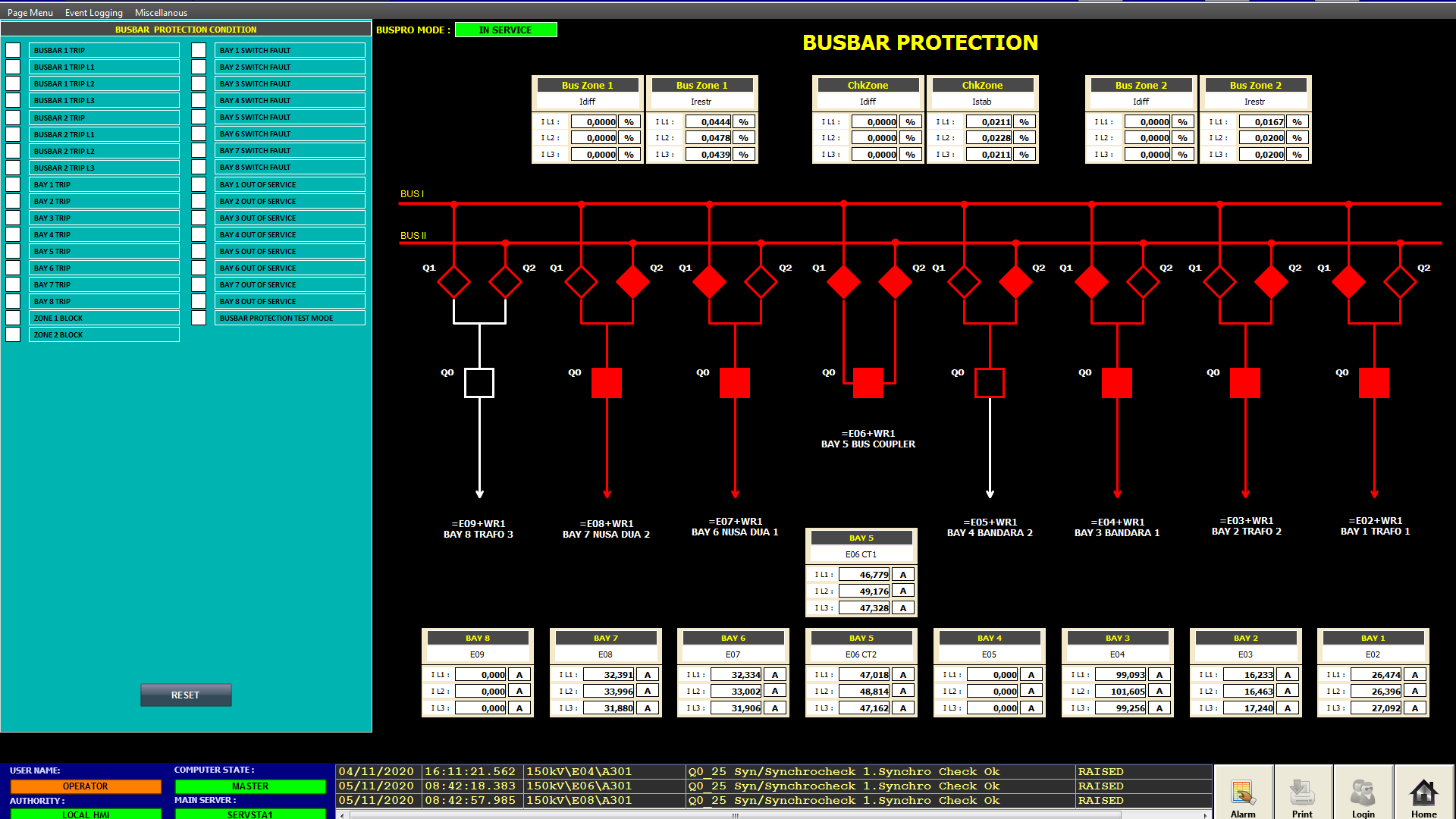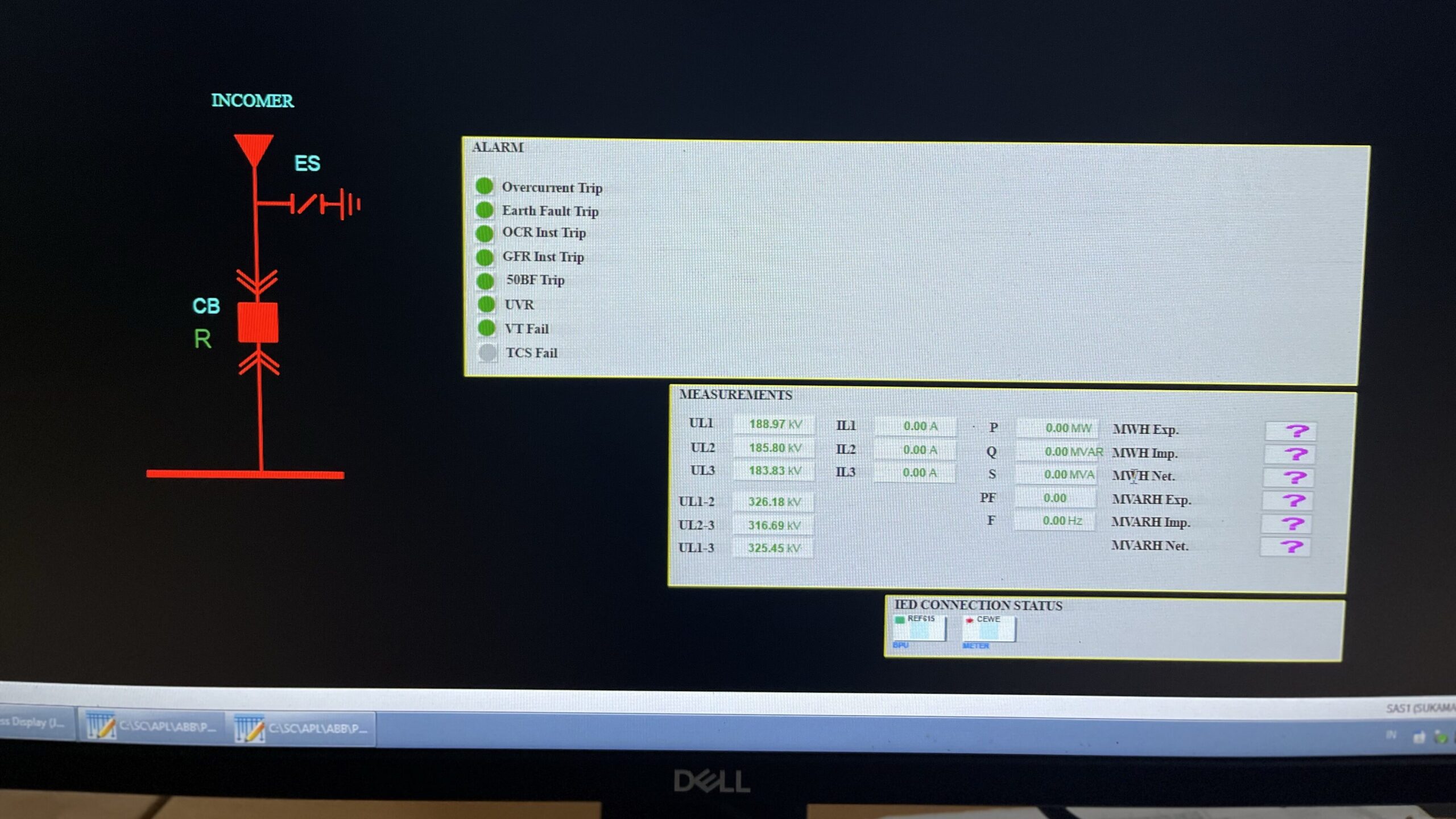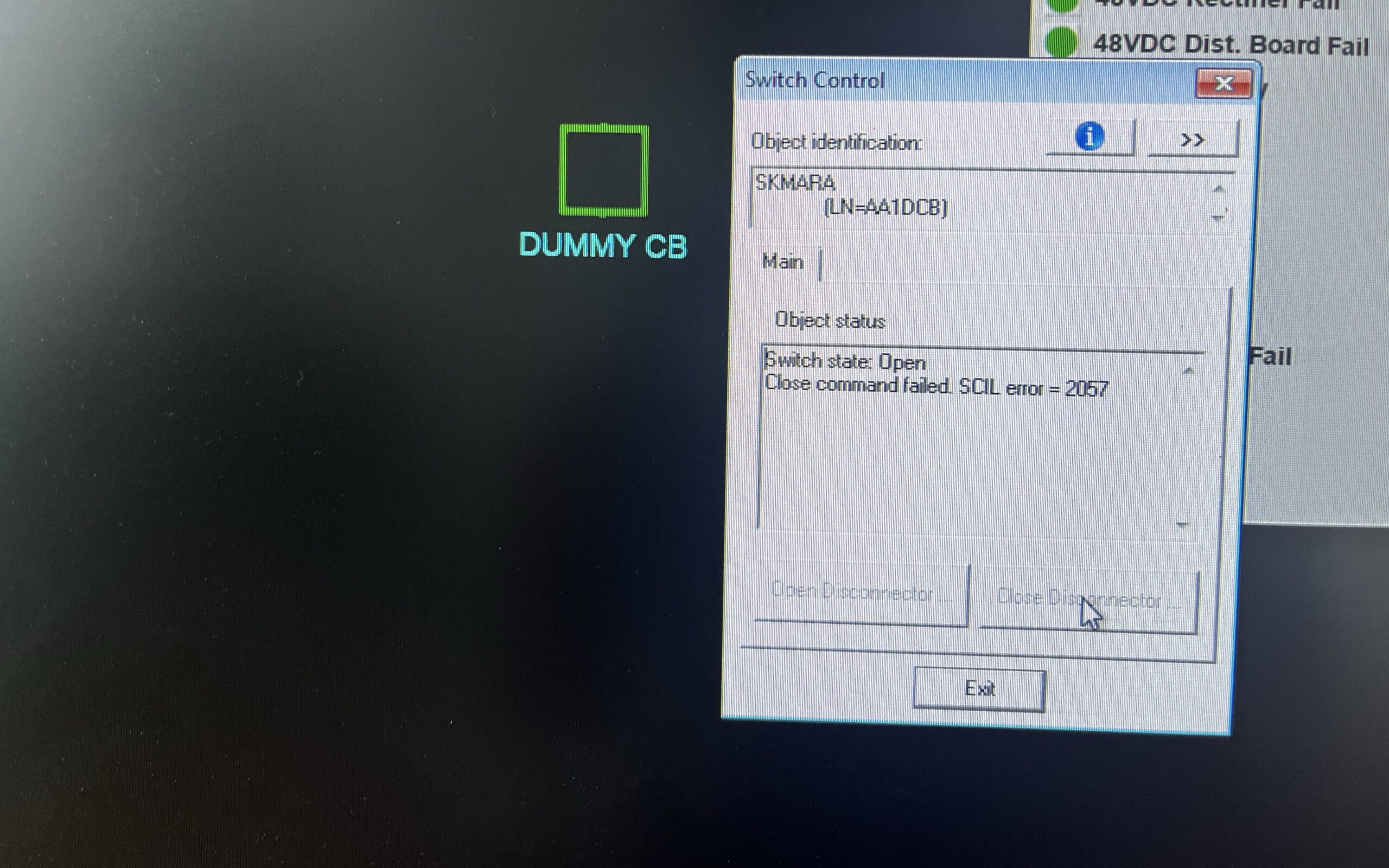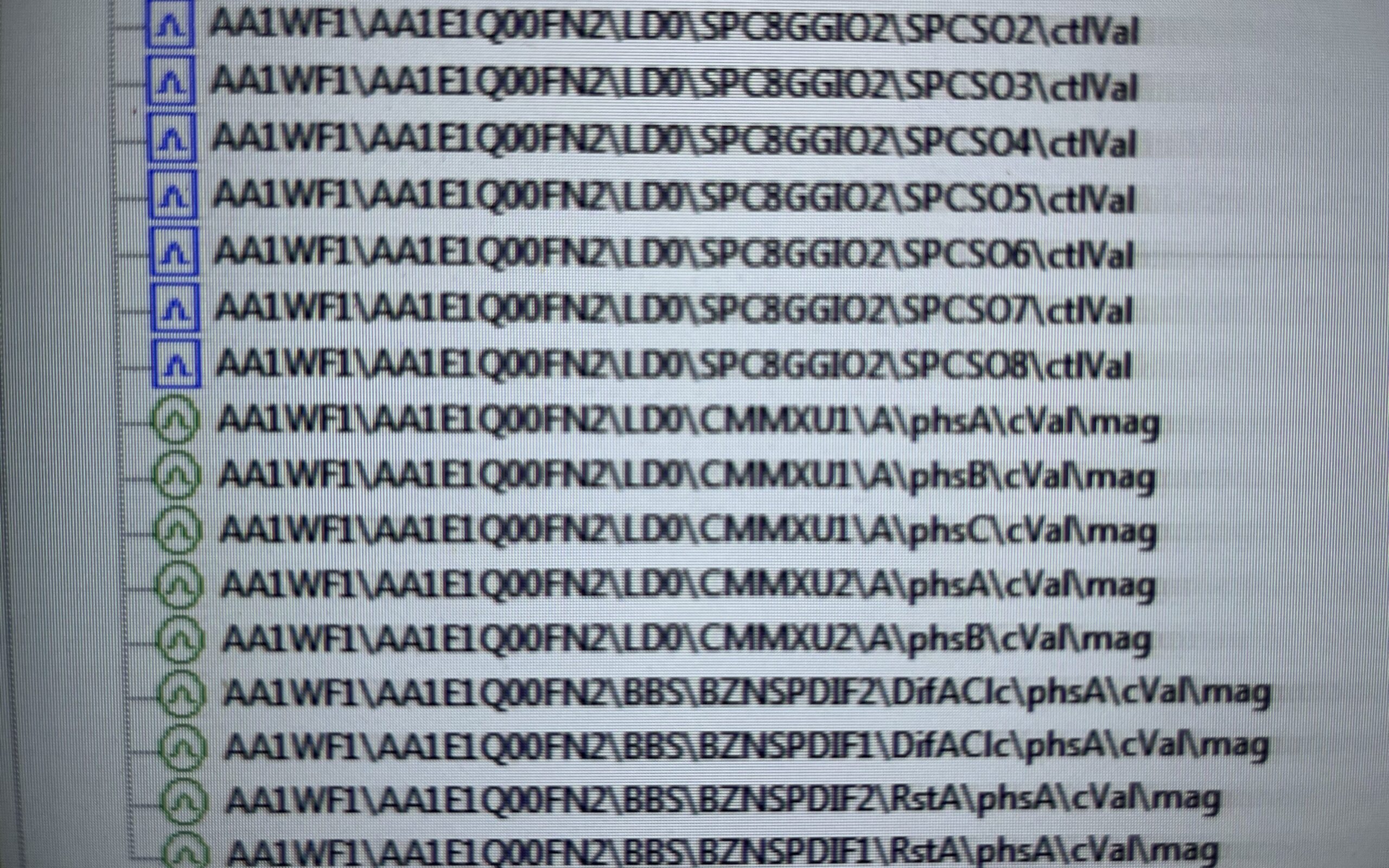
What is IEC 61850 in Substation Automation System? IEC 61850 is an international standard for communication networks and systems in substations. It is a key protocol used in Substation Automation Systems (SAS) to facilitate communication between Intelligent Electronic Devices (IEDs) within the substation.
IEC 61850 is designed to provide a common platform for interoperability between different IEDs from various manufacturers, ensuring seamless integration between substation automation components. The standard defines a flexible and extensible data model, which allows for the representation of a wide range of information, including system configuration, status, and control information.
Read Also: History of IEC 61850 and why we use this protocol?
IEC 61850 also provides advanced features such as fast reporting, GOOSE messaging, and sample values, which enable real-time control and monitoring of the substation equipment. These features also support advanced functions such as automatic fault detection, isolation, and restoration (FDIR), which enhances the overall reliability of the power system.
The use of IEC 61850 in Substation Automation Systems has several benefits, including increased interoperability, reduced system integration costs, improved flexibility and scalability, and enhanced performance and reliability.

What is IEC 61850 in Substation Automation System?
IEC 61850 is a comprehensive international standard that defines the communication and information exchange requirements for Substation Automation Systems (SAS). It was first published in 2004 by the International Electrotechnical Commission (IEC) and has since been updated and revised several times.
Understanding SCADA Systems for Substation Automation
The standard defines a flexible and extensible data model that enables the representation of various types of substation data, including system configuration, status, and control information. This data model is based on object-oriented principles and is designed to be vendor-neutral, which allows for interoperability between different manufacturers’ devices.

IEC 61850 supports several communication services and protocols, including Generic Object Oriented Substation Event (GOOSE) messaging, Sampled Values (SV), and Substation Configuration Language (SCL). GOOSE messaging is a fast, reliable, and deterministic communication service used for real-time control and monitoring of substation equipment. It allows for the fast transfer of data and provides a mechanism for controlling the execution of the data exchange process.
IEC 101 vs. IEC 104: Understanding the Differences
Sampled Values are another communication service that supports the exchange of analog signals between IEDs. It provides a mechanism for transmitting digitized measurements and sampled data with high accuracy and low latency, which is essential for protection and control applications.
See the sample signal here:

The Substation Configuration Language (SCL) is a standard format for defining the substation topology and configuration. It provides a common language for describing the various elements of a substation, including switchgear, transformers, and protective devices. The use of SCL ensures consistency and reduces errors in the configuration of the substation automation system.
IEC 61850 also supports advanced features such as fault detection, isolation, and restoration (FDIR) that enable the system to quickly detect and respond to faults in the substation equipment. The standard also provides for interoperability with other communication protocols and systems such as SCADA, DNP3, and Modbus.
In summary, IEC 61850 is an important standard that defines the communication and information exchange requirements for Substation Automation Systems. Its flexible data model, advanced communication services, and interoperability features make it an essential component of modern substation automation systems. That’s all about IEC 61850 in Substation Automation System?

You must be logged in to post a comment.